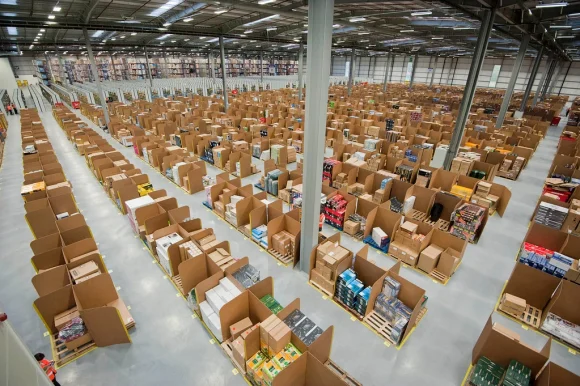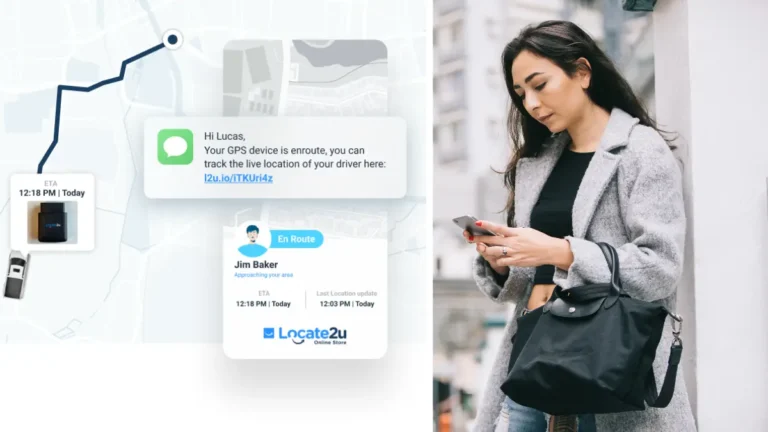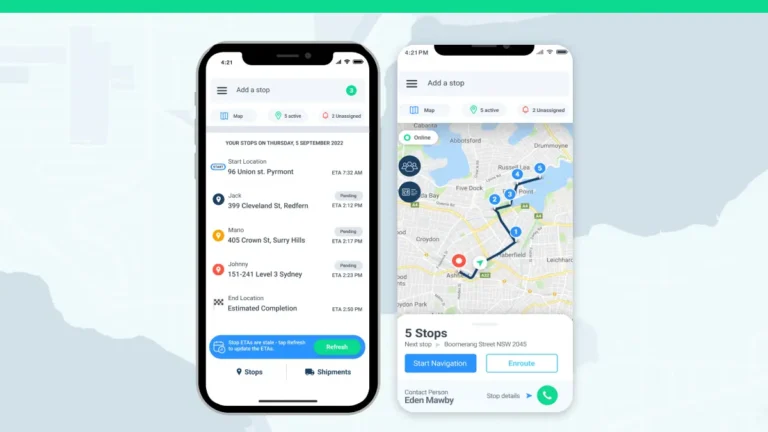Amazon’s persistent push for automation in its warehouses is becoming evident. The tech giant has begun testing Digit, a two-legged humanoid robot capable of grasping and lifting items. The robot, developed by Agility Robotics and backed by Amazon, is set to tackle tasks such as shifting empty tote boxes.
This development, part of Amazon’s broader effort to integrate robotics into its operations, has raised concerns about the potential impact on its workforce of nearly 1.5 million humans.
Robot employees
Tye Brady, Amazon Robotics’ chief technologist, emphasized that while some jobs might become redundant due to automation, introducing robots would also create new roles.
Brady asserts that the goal is to eliminate “menial, mundane, and repetitive” tasks within Amazon’s business. He doesn’t believe this initiative would result in job cuts, stating that Amazon would not require fewer staff members.
He stresses that humans are irreplaceable in Amazon’s operations and highlights their ability to think critically and solve problems. Warehouses won’t become completely automated, according to him. “There’s not any part of me that thinks that would ever be a reality,” he clarifies, according to The Guardian.
“Collaborative robotics involves people. How can we have people be the stars, the spotlight, the center of the show, when it comes to the jobs that we have to do?” he continues. “When we do our job really, really well, our robotic systems just kind of blend into the background to become ubiquitous. You don’t talk about your dishwasher too much in your kitchen. It’s an amazing robot. It’s such a great robot that I don’t even call it a robot.”
Anyway, here’s Digit

Digit, the 5ft 9in (175cm) tall robot weighing 143lbs (65kg), can walk forwards, backwards, sideways, and crouch. It can carry loads of up to 35lbs (16kg).
Amazon plans to deploy Digit in various locations of its warehouses, mainly assisting employees with tote recycling. Tote recycling is a repetitive process involving the movement of empty bags once inventory has been picked from them.
The giant etailer’s move towards automation also includes deploying a robotic system called Sequoia at one of its Houston warehouses. This system aims to speed up deliveries by identifying and storing inventory 75% faster, potentially reducing order processing time by up to 25%.
Automation of simple processes
It’s not a unique concept, but humans have been employing computers to handle mundane tasks for decades. It’s become more prominent in the last few years with this rise of robotics, algorithms and AI.
UPS, for example, leverages automation extensively to handle repetitive tasks, focusing on enhancing operational efficiencies and employee experiences. It employs pick-up-and-place and unloading technologies to sort small packages and ensure better customer care, leading to faster throughput.
In 2023, 57% of UPS packages were processed through automated facilities, including airfreight facilities with automated package flow technology.
It utilizes automated parcel delivery terminals in locations like shopping malls, allowing receivers to conveniently collect or return parcels. This approach reduces logistics costs and supports manufacturers and retailers in ensuring efficient last-mile delivery, as well as addressing customer demands.
While Amazon and other large corporations continue its automation efforts, questions remain about the potential impact on human jobs and the evolving role of robotics and automation in especially logistics operations.











